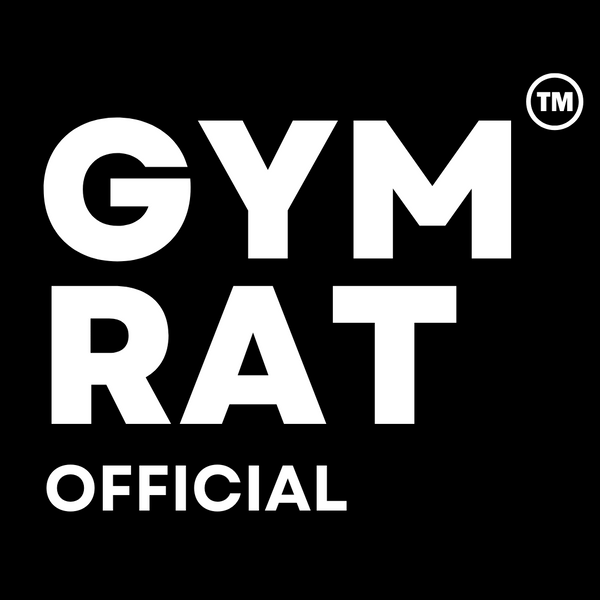
Is Training to Failure Actually Worth It?
Share
It's a question you hear echoing through every gym: Do I need to go balls-to-the-wall on every set, or can I still get jacked without hitting failure?
This isn't just about how much you can lift; it's about a core training philosophy. For years, the mantra for many "gymrats" has been "no pain, no gain." But a more nuanced approach, often championed by top coaches and athletes, challenges that very idea.
So, should you be pushing every set to the absolute limit? Or is there a smarter, safer way to chase gains? Let's break down the truth behind training to failure.
The Grind: When Failure Pays Off
Pushing to failure means performing reps until your muscles literally can't complete another one with good form. This isn't for the faint of heart, but there are times when it can be a powerful tool.
-
Maxing Out Muscle Fibers: When you go to failure, you're forcing your body to recruit every last muscle fiber, including the fast-twitch ones with the most potential for growth. It’s like emptying the tank completely.
-
Breaking Plateaus: If you're stuck in a rut and your lifts have stalled, a few strategic sets to failure can shock your system and kickstart new progress.
-
Mental Toughness: There's no doubt it builds serious mental fortitude. Pushing past your perceived limits teaches you how to embrace discomfort and persevere.
But let's be real—this isn't a strategy for every workout. Constantly going to failure can beat up your central nervous system, slow down your recovery, and increase your risk of injury, especially on heavy compound lifts like squats and deadlifts.
The Smarter Grind: Getting Close to Failure
The most effective approach for most lifters isn't training at failure, but training close to it. This is where the concept of Reps in Reserve (RIR) comes in. Think of it as leaving 1-3 reps "in the tank" at the end of a set.
-
Optimal Gains: Research shows that training with 1-3 RIR provides a potent stimulus for muscle growth without the crushing fatigue. You get all the benefits with less of the burnout.
-
Sustainable Volume: By not going to failure on every set, you can do more total work in a workout and over the course of a week. More high-quality sets means more gains over the long haul.
-
Injury Prevention: Keeping a few reps in reserve allows you to maintain perfect form, which is critical for staying healthy and consistent in the gym.
This approach is the secret to getting jacked sustainably. You're still pushing yourself, but you're doing it in a way that allows for better recovery and more total work.
So, How Should You Train?
The answer isn't a black-and-white choice. It’s about being smart and strategic.
-
For the Majority of Your Lifts: Train with 1-3 RIR. This is your bread and butter for making consistent gains without burning out.
-
For Isolation Lifts: Feel free to push the final set of an exercise like a bicep curl or leg extension to failure. The risk is low, and it’s a great way to squeeze out a bit more stimulus.
-
For Heavy Compound Lifts: Avoid training to absolute failure unless you have an experienced spotter or a power rack with safety pins. The risk of injury is simply not worth the reward.
Ultimately, getting stronger and bigger is about showing up consistently and progressively challenging your muscles. The best way to do that is to train hard but smart.


